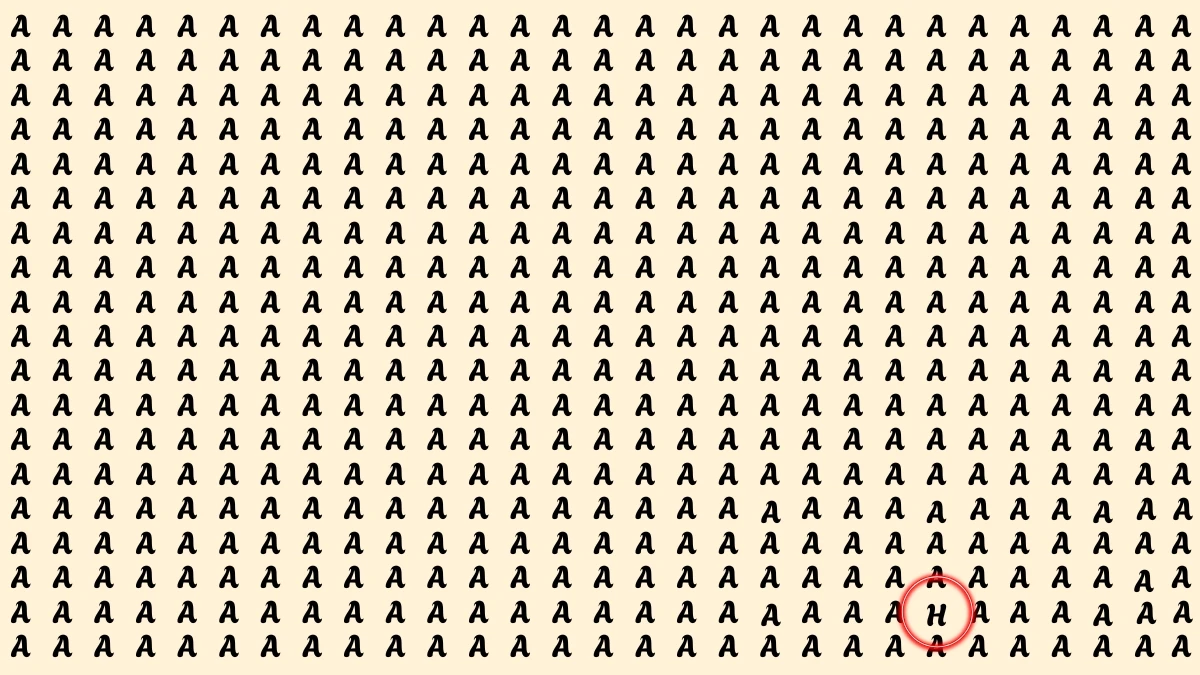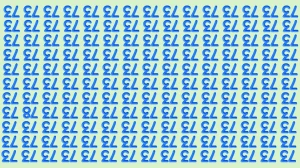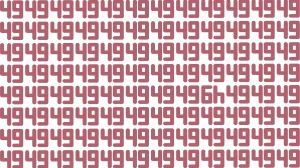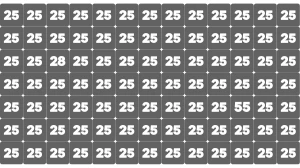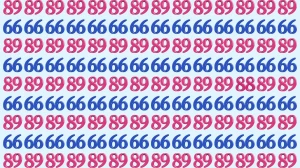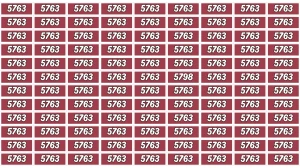An optical illusion is a visual phenomenon where the perception of an image differs from its physical reality. This occurs because the brain processes the information from the eyes in a way that misinterprets shapes, colors, sizes, or positions. Optical illusions can be created through various techniques, such as using contrasting colors, repetitive patterns, or manipulating perspective.
For example, a common illusion is the "Müller-Lyer illusion," where two lines of equal length appear different due to the direction of the arrows at their ends. These illusions reveal how the brain's processing system can be tricked, leading us to perceive something that isn't actually there, or perceive something in an altered way. In essence, optical illusions showcase the complexities of visual perception and how it interacts with our cognitive processes.
Find it Out: Within 6 Seconds Spot The Number 98 among 89
Optical Illusion IQ Test: Find the letter H among A
In this Optical Illusion IQ Test, you are tasked with finding the letter 'H' hidden among a series of 'A's. At first glance, it may seem like the pattern is just a random arrangement of the letter 'A', but there’s actually one 'H' cleverly blended into the mix. This test challenges your visual perception and attention to detail, requiring you to focus on the patterns and shapes rather than quickly scanning the letters.
The illusion plays on the brain's ability to process repetitive patterns, making it harder to spot the outlier. Successfully identifying the 'H' tests your cognitive skills, particularly your ability to observe subtle differences in a seemingly uniform set. This simple yet engaging task helps to train and enhance your focus, mental sharpness, and pattern recognition abilities. How quickly you find the hidden 'H' can offer insight into your level of attention to detail and visual processing.
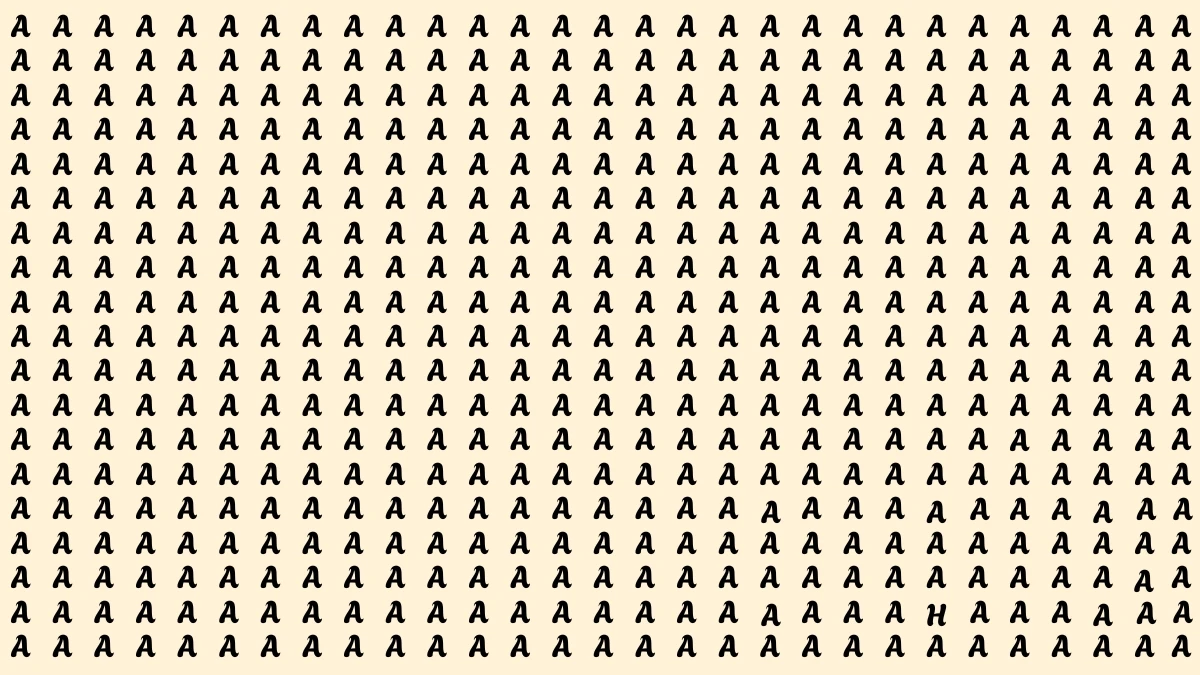
Optical Illusion IQ Test: Find the letter H among A - Solution
In this optical illusion, the objective is to locate the letter "H" amidst a sea of "A"s. At first, the pattern may seem uniform and repetitive, making it difficult to spot the "H." The key to solving this puzzle lies in closely examining the grid for any subtle differences in shape. While the "A"s are consistent in form with their pointed tops, the "H" stands out because it lacks this pointed feature.
Instead, the "H" has two vertical lines connected by a horizontal bar in the middle, distinguishing it from the surrounding "A"s. The "H" is located towards the lower-middle section of the grid, breaking the consistent pattern of "A"s. This optical illusion challenges your visual perception and attention to detail, testing how effectively you can pick out irregularities in a seemingly homogeneous array. It’s a fun exercise that sharpens both focus and cognitive abilities.
